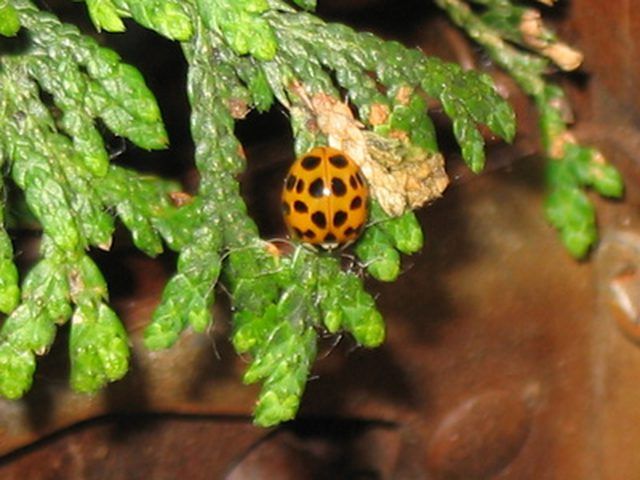Bulbs
Flower Basics
Flower Beds & Specialty Gardens
Flower Garden
Garden Furniture
Garden Gnomes
Garden Seeds
Garden Sheds
Garden Statues
Garden Tools & Supplies
Gardening Basics
Green & Organic
Groundcovers & Vines
Growing Annuals
Growing Basil
Growing Beans
Growing Berries
Growing Blueberries
Growing Cactus
Growing Corn
Growing Cotton
Growing Edibles
Growing Flowers
Growing Garlic
Growing Grapes
Growing Grass
Growing Herbs
Growing Jasmine
Growing Mint
Growing Mushrooms
Orchids
Growing Peanuts
Growing Perennials
Growing Plants
Growing Rosemary
Growing Roses
Growing Strawberries
Growing Sunflowers
Growing Thyme
Growing Tomatoes
Growing Tulips
Growing Vegetables
Herb Basics
Herb Garden
Indoor Growing
Landscaping Basics
Landscaping Patios
Landscaping Plants
Landscaping Shrubs
Landscaping Trees
Landscaping Walks & Pathways
Lawn Basics
Lawn Maintenance
Lawn Mowers
Lawn Ornaments
Lawn Planting
Lawn Tools
Outdoor Growing
Overall Landscape Planning
Pests, Weeds & Problems
Plant Basics
Rock Garden
Rose Garden
Shrubs
Soil
Specialty Gardens
Trees
Vegetable Garden
Yard Maintenance
Why Does Cedar Repel Silverfish?
Why Does Cedar Repel Silverfish?. Cedar wood and cedar oil emit a smell that is noxious to silverfish and other common household pests but pleasant to humans. Silverfish experience cedar the way humans experience ammonia. Many closets and bookcases are lined with cedar to discourage silverfish from settling in them.

Cedar wood and cedar oil emit a smell that is noxious to silverfish and other common household pests but pleasant to humans. Silverfish experience cedar the way humans experience ammonia. Many closets and bookcases are lined with cedar to discourage silverfish from settling in them.
Definition
Cedar is a natural insect repellent that helps protect clothing, linens, books and papers from silverfish. Cedar wood and cedar oil are both used to repel silverfish and other common indoor pests naturally.
History
Cedar has been used for centuries to build chests for linens and important papers. Every home at one time had a cedar chest for fabric and paper items that silverfish and moths like to eat. Closets and bookshelves were often lined with cedar veneer because of its known insecticidal properties.
Facts About Silverfish
Silverfish react to strong smells called pheromones. They avoid pheromones they do not like, such as the smell of cedar. Silverfish live in damp, dark places and will often settle in musty attics, or in basements around furnaces and near pipes where water condenses. Silver fish eat any kind of starch, including the glue in book bindings; paper; and natural fabrics like linen, cotton and wool.
Other Ways to Use Cedar
Silverfish are commonly found in attics that have grown damp due to loose or leaking shingles. Cedar roofing shingles can help to repel silverfish and keep out dampness at the same the time. Shredded cedar mulch spread around foundation plantings can discourage silverfish and other bugs from entering the house.
Expert Insight
Damp, warm houses with stacks of old books and piles of poorly ventilated clothing may harbor silverfish no matter how much cedar is used to repel them. To effectively manage silverfish, keep the home dry and as cool as possible, and store perishable clothing and books in cedar-lined chests, cabinets or closets.